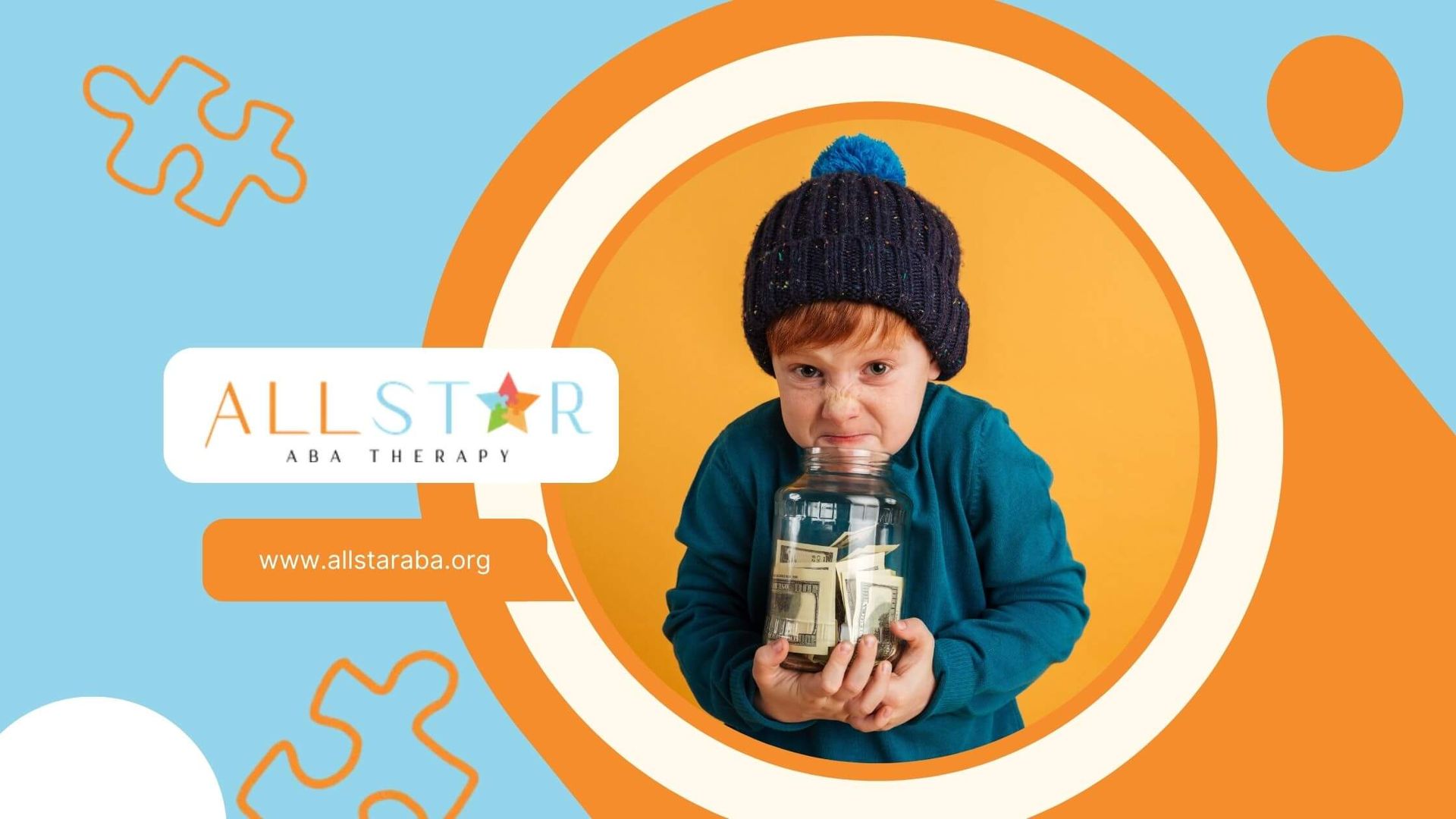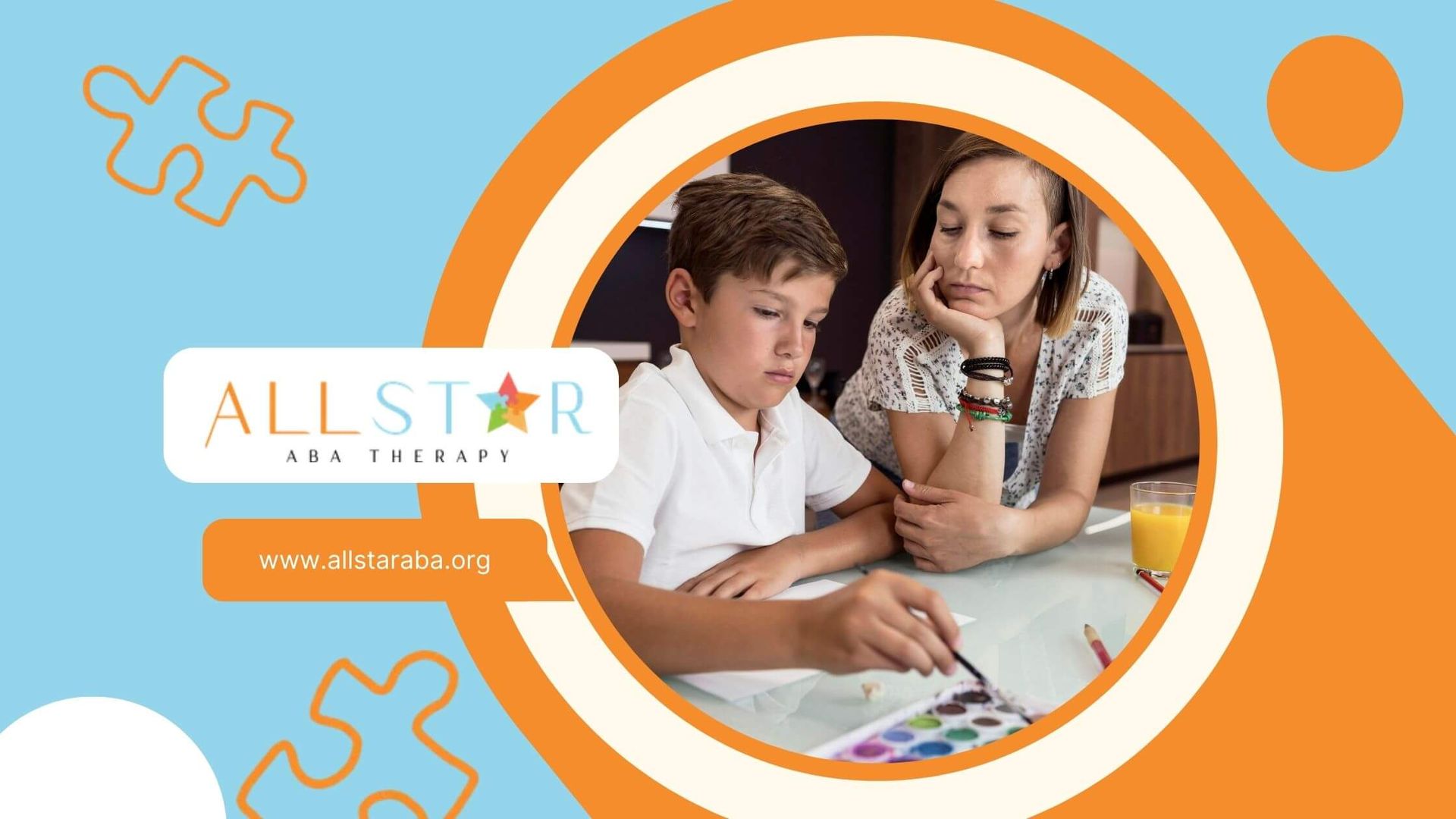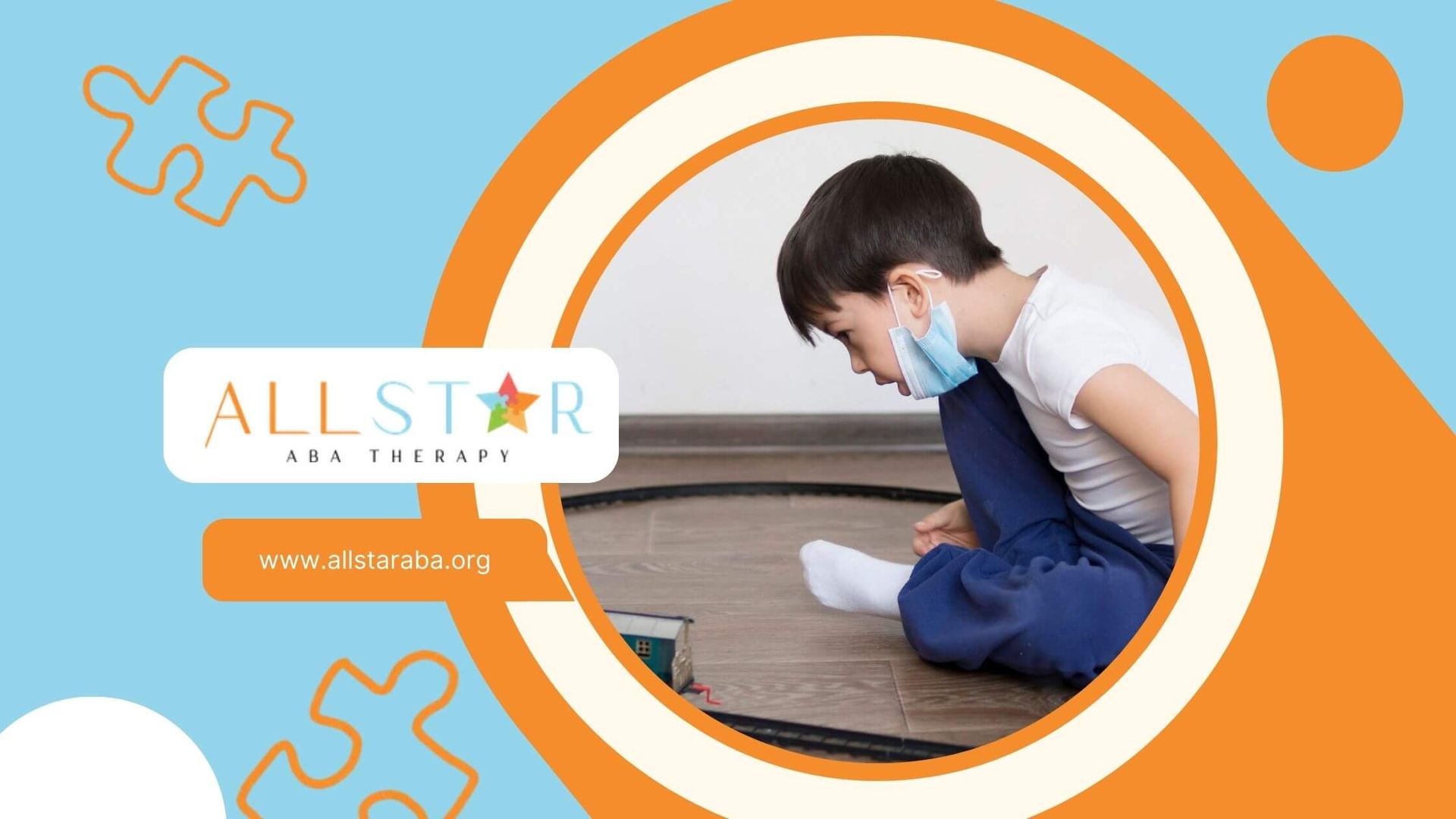New Paragraph
Understanding the Autistic Wheel: A Comprehensive Guide
Autism Spectrum Disorder (ASD) is a complex and diverse condition, characterized by a wide range of behaviors, abilities, and challenges. The Autistic Wheel is a visual representation designed to help illustrate the varied experiences of individuals on the autism spectrum. This comprehensive guide will explore the Autistic Wheel, its significance, and how it can be used to better understand and support those with autism.
What is the Autistic Wheel?
The Autistic Wheel is a conceptual tool used to represent the diversity within the autism spectrum. Unlike a linear or binary model, the wheel emphasizes that autism is not a one-size-fits-all condition. Each individual with autism may experience different strengths and challenges across various domains, and the wheel helps to visually capture this complexity.
Key Components of the Autistic Wheel
The Autistic Wheel typically includes several key components, each representing different aspects of autism. These components can vary, but common areas include:
- Communication: This segment covers verbal and non-verbal communication skills, including the ability to express oneself and understand others.
- Social Interaction: This area focuses on social skills, including making friends, understanding social cues, and engaging in social activities.
- Sensory Processing: This segment addresses how individuals with autism perceive and respond to sensory input, such as sounds, lights, textures, and smells.
- Behavioral Patterns: This area includes repetitive behaviors, routines, and interests that are often characteristic of autism.
- Emotional Regulation: This segment deals with the ability to manage and respond to emotions, including coping with stress and anxiety.
- Cognitive Abilities: This area encompasses learning styles, problem-solving skills, and intellectual abilities.
The Significance of the Autistic Wheel
The Autistic Wheel is significant because it provides a more nuanced understanding of autism. It acknowledges that autism is not a monolithic condition but rather a spectrum with a wide range of experiences. This perspective helps in several ways:
- Personalized Support: The wheel allows for the identification of specific strengths and challenges, facilitating personalized support and interventions tailored to the individual’s needs.
- Improved Communication: It provides a common language for discussing autism, helping to bridge gaps in understanding between individuals with autism, their families, educators, and healthcare professionals.
- Empowerment: By recognizing and valuing the diverse experiences of individuals with autism, the wheel promotes a more inclusive and empowering view of autism.
Using the Autistic Wheel in Practice
The Autistic Wheel can be used in various settings to enhance understanding and support for individuals with autism. Here are some practical applications:
- Educational Settings: Teachers and educators can use the wheel to develop individualized education plans (IEPs) that address the specific needs of students with autism. It can also serve as a tool for explaining autism to peers and fostering an inclusive classroom environment.
- Therapeutic Interventions: Therapists and clinicians can use the wheel to identify target areas for intervention and track progress over time. It can also help in designing therapy sessions that leverage the individual’s strengths.
- Family and Caregiver Support: Families and caregivers can use the wheel to better understand their loved one’s experiences and needs. It can also guide them in providing appropriate support and advocating for their family member.
- Self-Advocacy: Individuals with autism can use the wheel to articulate their experiences and needs, helping them to advocate for themselves in various contexts, such as in the workplace or social settings.
Challenges and Considerations
While the Autistic Wheel is a valuable tool, it is important to recognize its limitations and use it thoughtfully:
- Avoiding Overgeneralization: The wheel should not be used to oversimplify or stereotype the experiences of individuals with autism. Each person’s experience is unique, and the wheel is just one way to conceptualize this diversity.
- Continuous Learning: Autism is a complex and evolving field of study. The components and interpretations of the Autistic Wheel may change as new research and insights emerge. It is important to stay informed and adapt accordingly.
- Cultural Sensitivity: Cultural factors can influence how autism is experienced and understood. The wheel should be used in a culturally sensitive manner, recognizing that different cultures may have different perspectives on autism.
The Future of Autism Understanding
The Autistic Wheel represents a shift towards a more inclusive and holistic understanding of autism. As awareness and acceptance of autism continue to grow, tools like the wheel can play a crucial role in promoting a more compassionate and effective approach to supporting individuals with autism.
Conclusion
The Autistic Wheel is a powerful tool for understanding the diverse experiences of individuals with autism. By recognizing the varied strengths and challenges across different domains, we can provide more personalized and effective support. Whether in educational, therapeutic, or personal settings, the wheel fosters better communication, empowerment, and inclusivity.
At All Star ABA, we are committed to supporting individuals with autism through personalized, evidence-based therapies. Our approach is guided by a deep understanding of the unique experiences of each individual, and we strive to help them achieve their full potential. The Autistic Wheel is one of the many tools we use to ensure that our support is tailored to meet the diverse needs of those we serve.
Need Support?
We're Here to Help!
Our experienced team is ready to assist you. Reach out today to discuss how we can support your child's development and well-being.
Get started with expert ABA therapy today.








